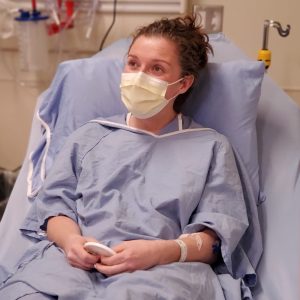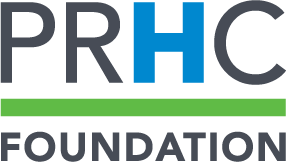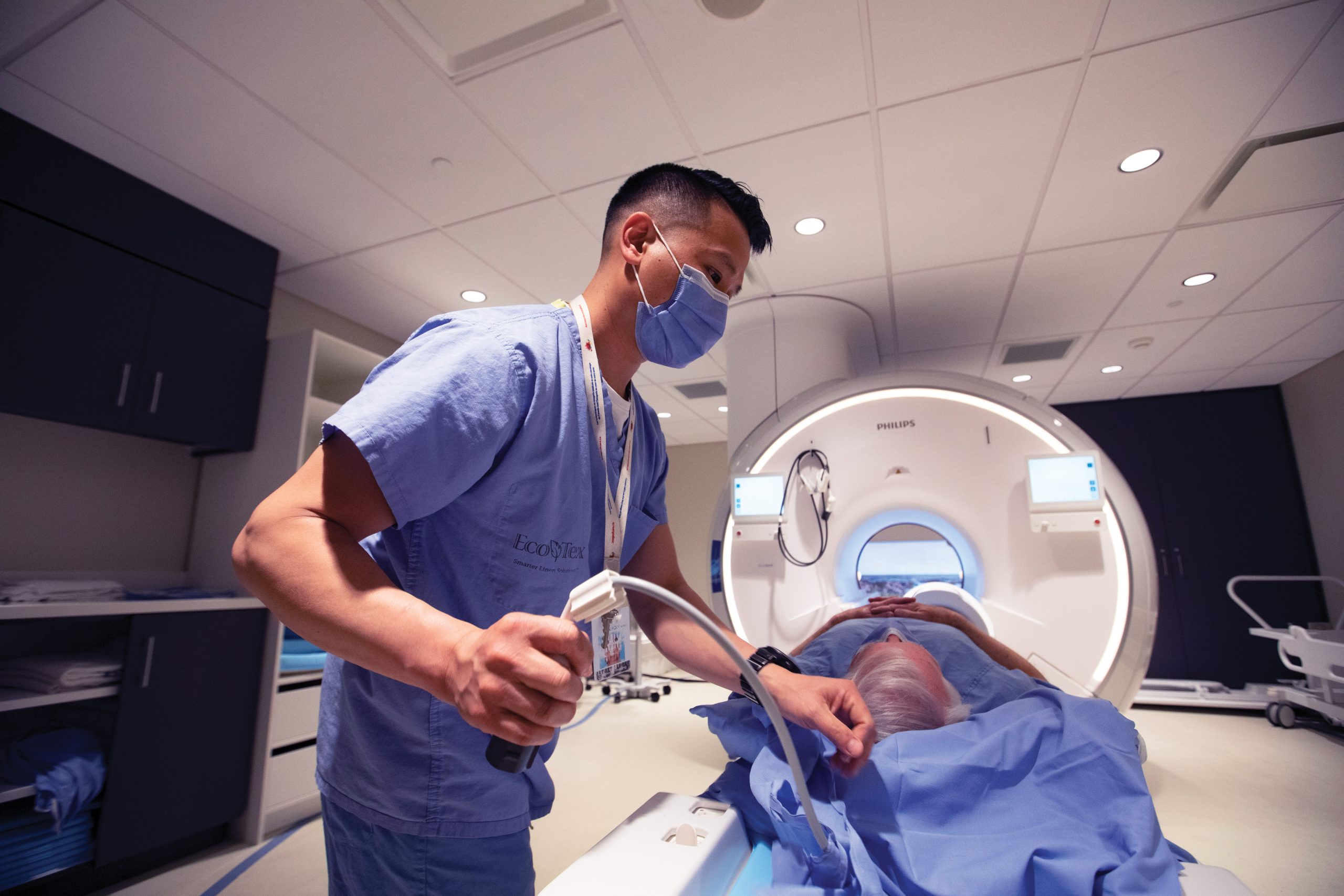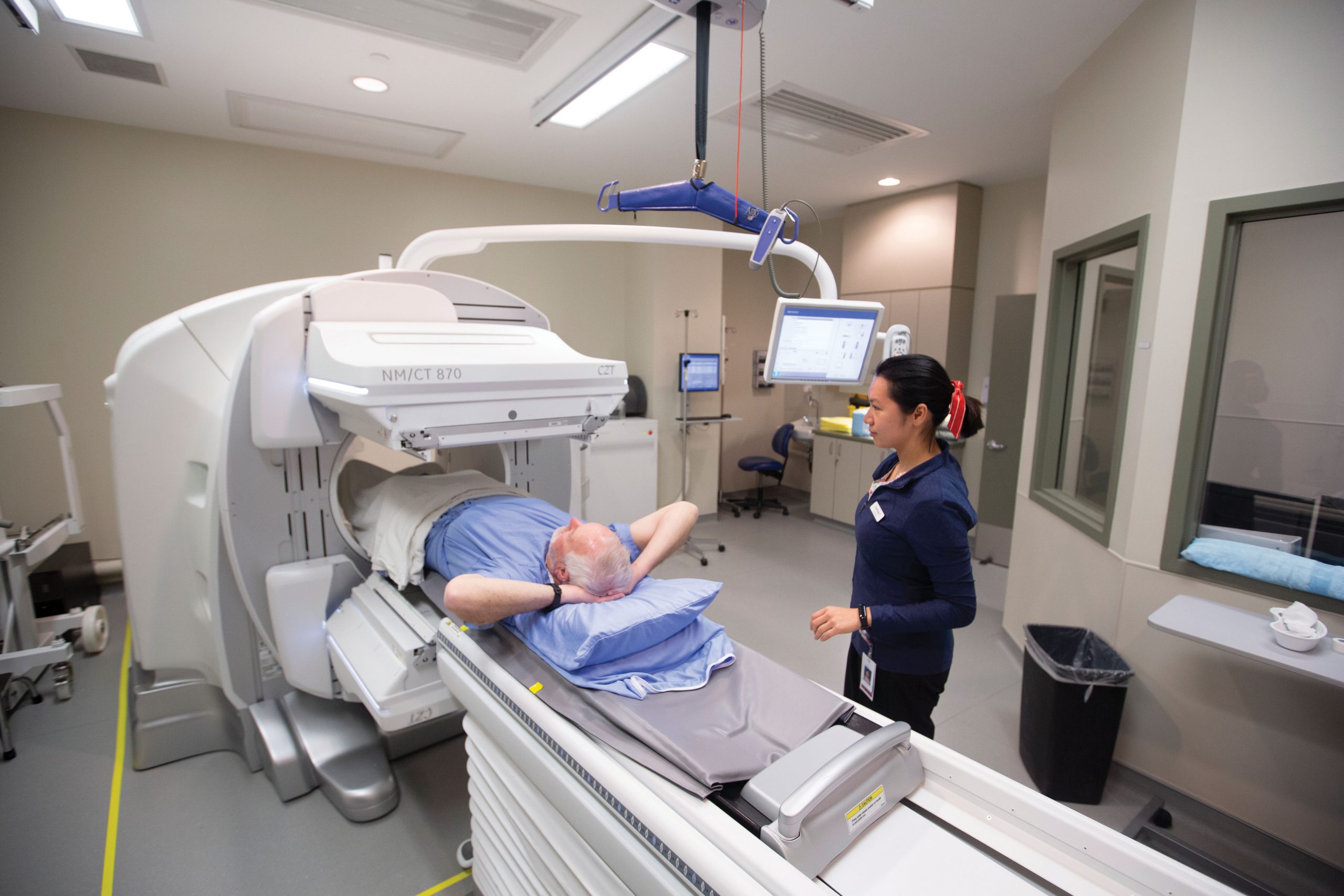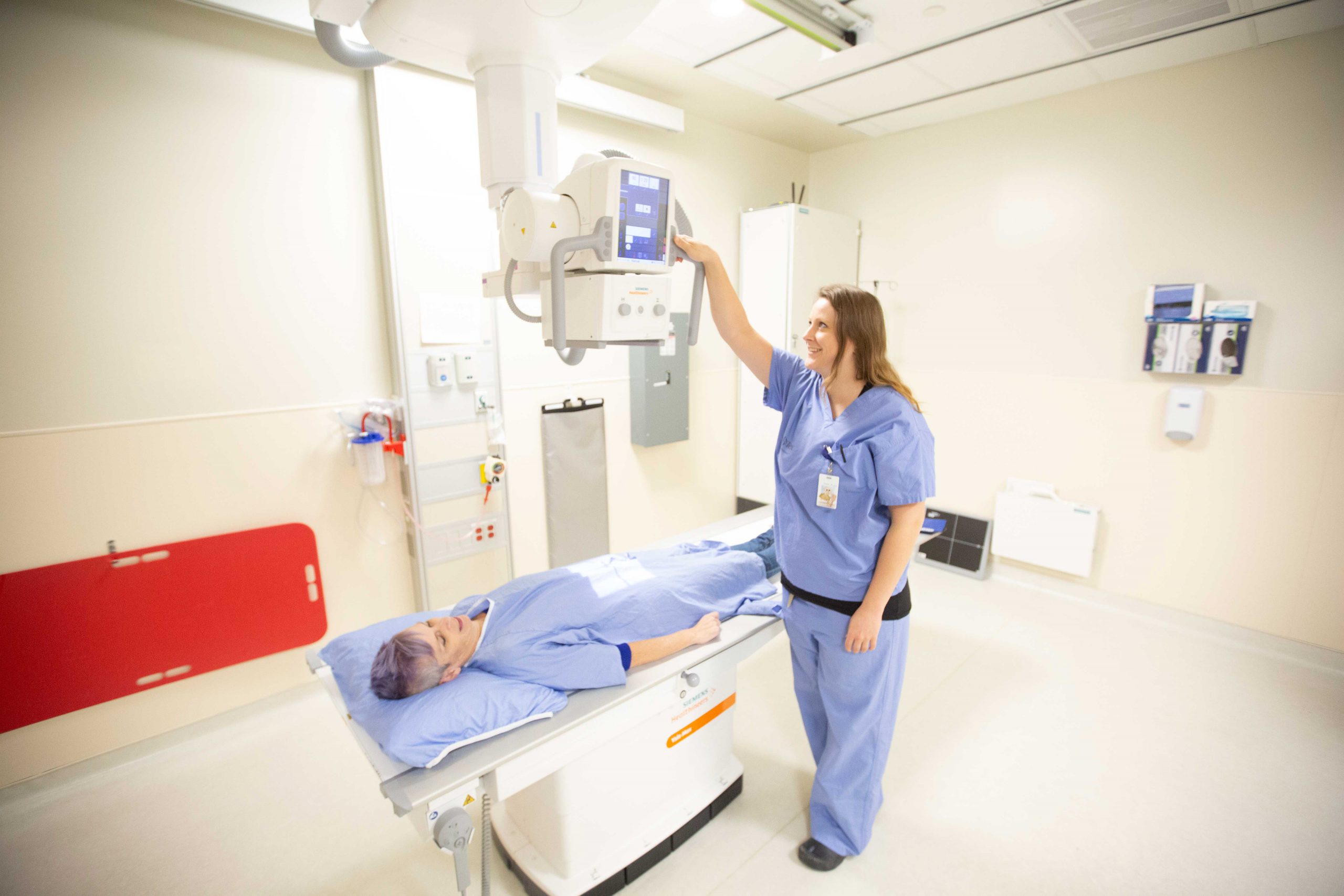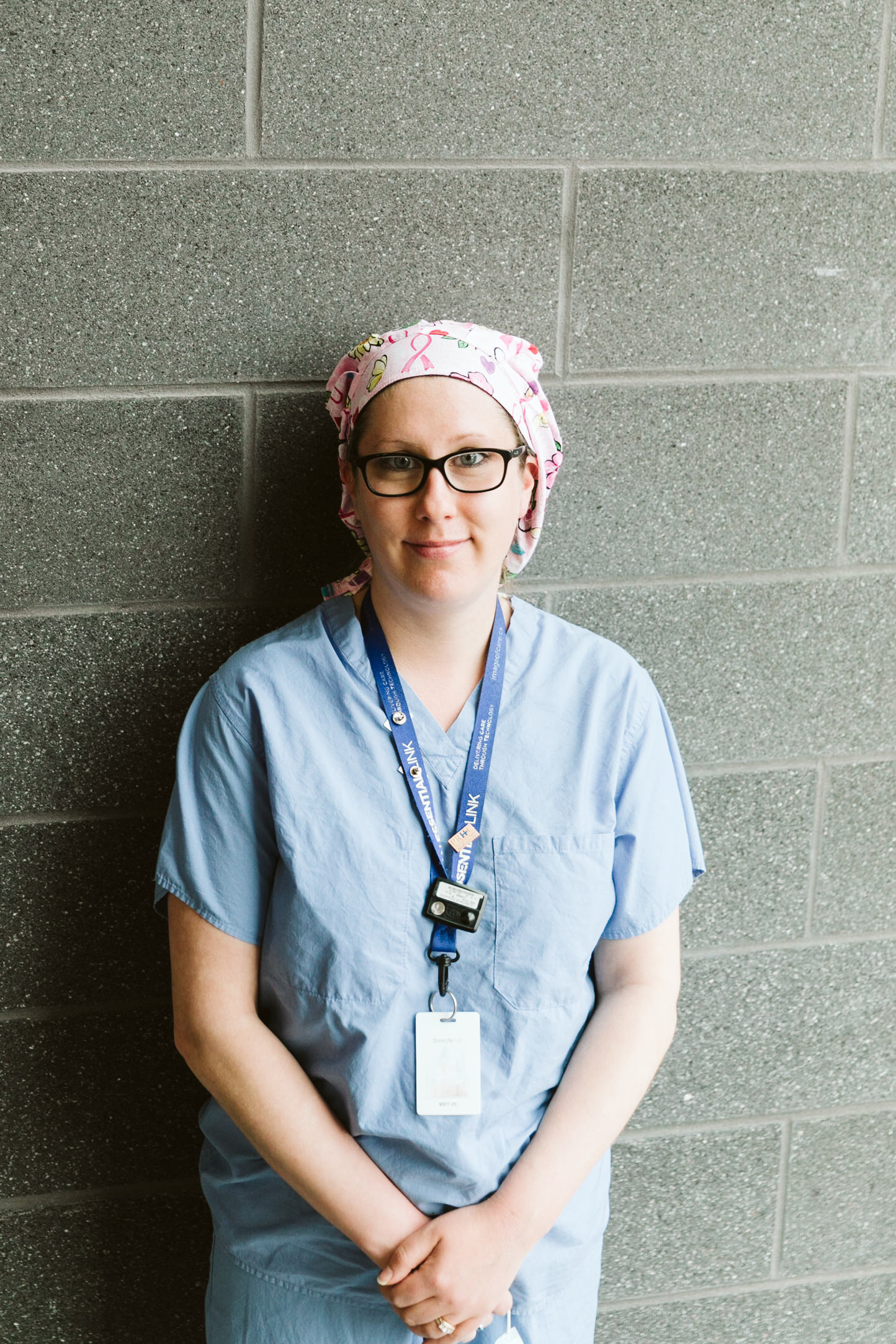Every year since her breast cancer diagnosis almost ten years ago, Amy Semple attends a mammogram and MRI appointment at PRHC to monitor her health. This past year, her check-up was different for one big reason: Amy underwent an MRI in one of PRHC’s two new, state-of-the-art MRI machines.
Before her appointment, Amy learned about the benefits of the advanced technology, which produces detailed images of organs and structures in the body. The new equipment takes higher resolution images, faster, in a more comfortable experience for patients like her – representing a giant leap forward in patient care at PRHC.
“I’ve always appreciated the level of care I’ve received at PRHC and the big scope of donor-funded equipment needed to support my and other patients’ survival,” said Amy. “But seeing firsthand the new technology at this year’s appointment really highlighted the impact that donors have made in my life over the last decade. Thank you!”
The more recent installation of the second MRI unit, funded by a $2 million legacy gift, has allowed the hospital to increase diagnostic imaging capacity, performing an additional 6,000 scans since the new machine became operational.
PRHC Physician Chief & Medical Director of Diagnostic Imaging, Dr. Rola Shaheen, elaborated, “It’s having a positive impact on regional wait times. It’s increasing our overall efficiency and empowering us to offer a level of care not previously possible, including MRI-guided breast biopsy procedures, and better, clearer neurological, prostate and cardiovascular imaging.”
“We’re able to produce much higher quality images in less time,” she added, “while providing a significantly improved patient experience. With the support of donors, we can deliver the full spectrum of service needed to diagnose and treat disease, close to home.”
The estate gift that made this possible was from Dr. Anne Keenleyside, a highly respected Trent University professor of bioarcheology who passed away in October 2022 after succumbing to cancer.
PRHC Foundation President & CEO, Lesley Heighway, said Anne was inspired to invest in equipment and technology that support cancer care innovation: “Anne wanted her gift to connect her passion for scientific innovation with her desire to help the patients who would come after her. We’re so grateful for her incredible generosity.”
For more information on legacy giving or to donate, please call 705-876-5000.
